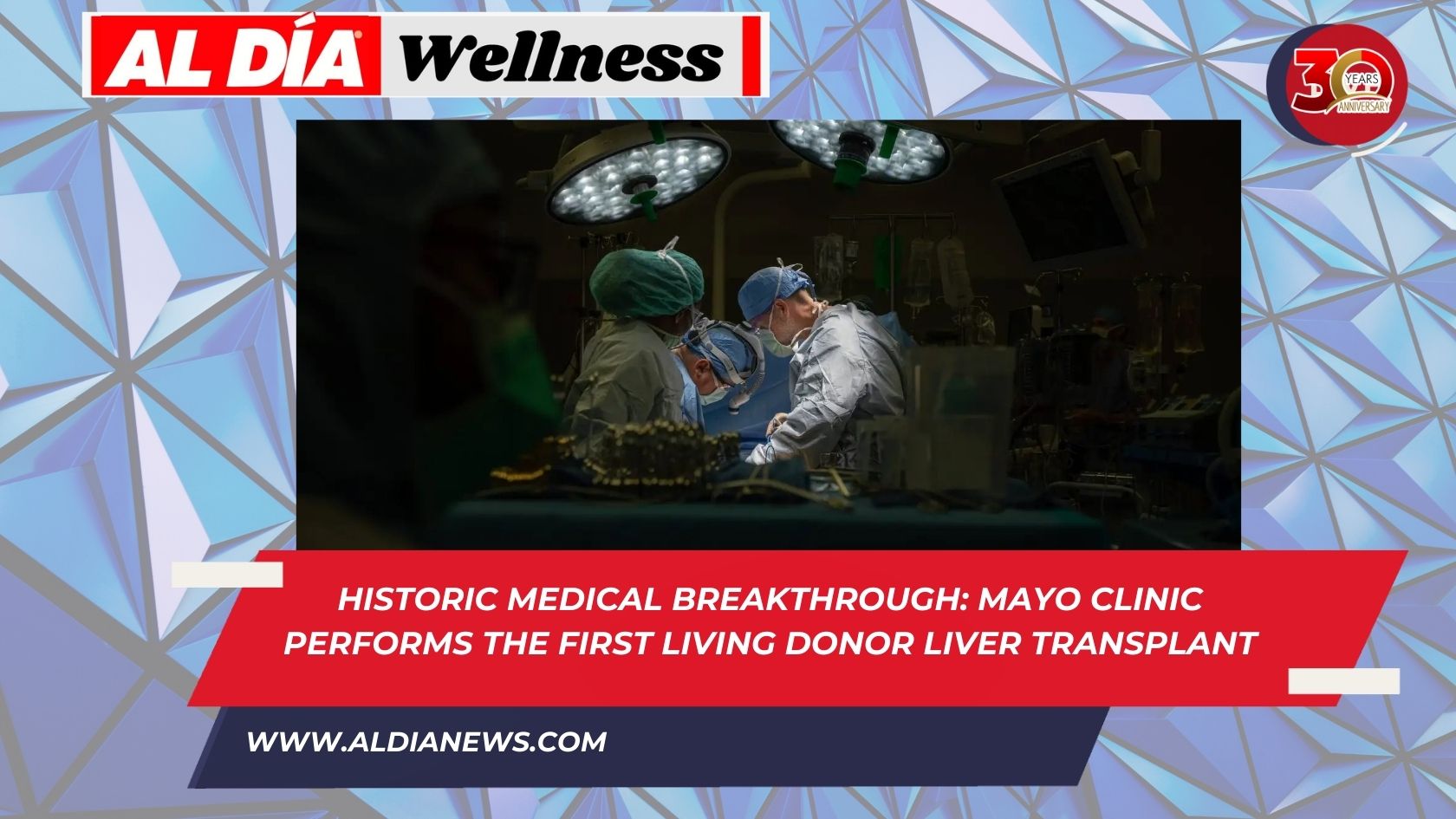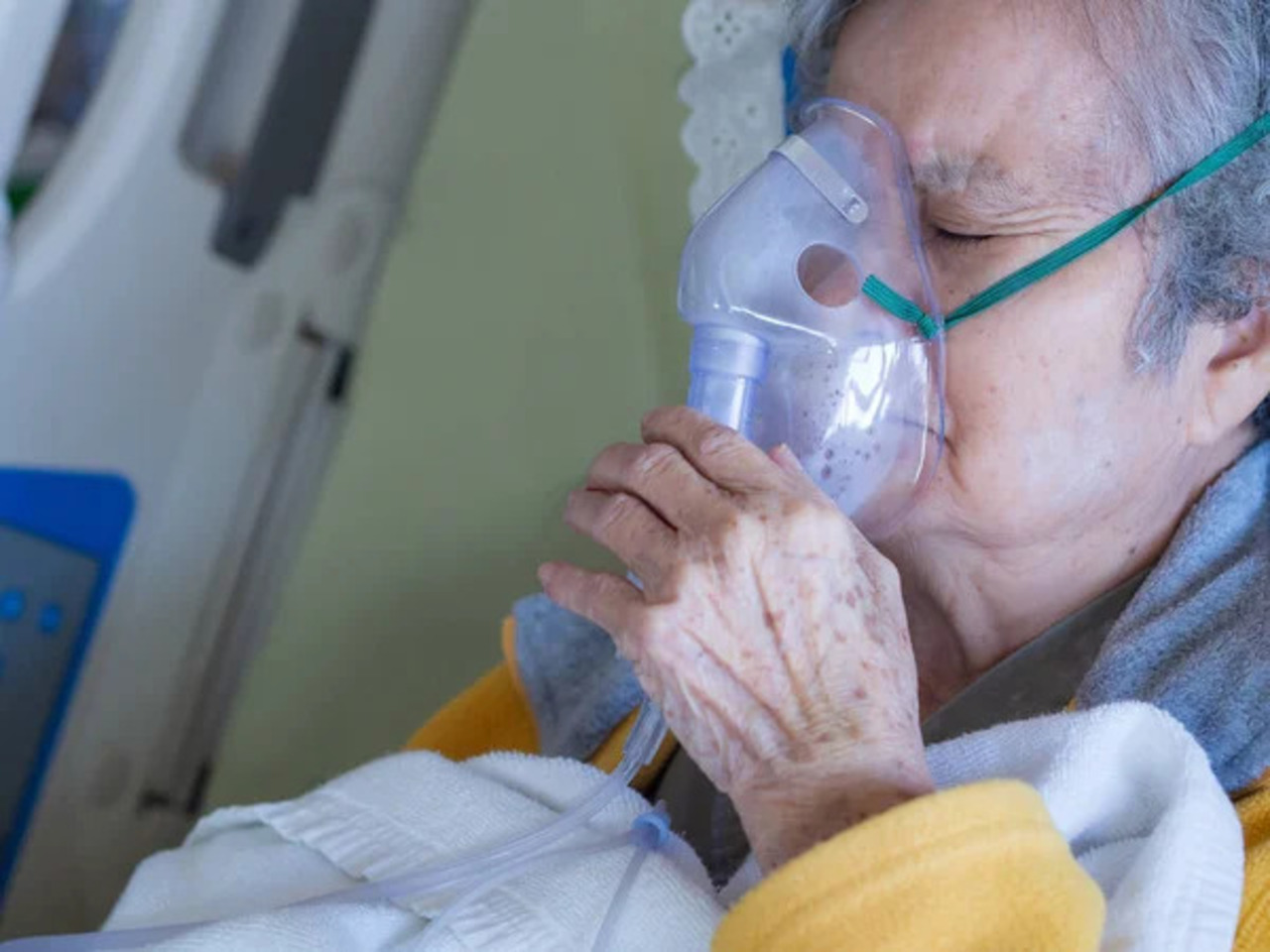
A Complete Success: Mayo Clinic's Living Donor Liver Transplant Surgery
By: Alejandra Legarda: Jurnalista
Mayo Clinic has made history by performing its first living liver donor transplant through a "paired donation" system. This innovative procedure, also known as cross-donation, allowed two patients who were incompatible with their relatives to receive life-saving liver transplants from compatible donors matched through advanced pairing technology. In a country where over 12,000 people are on the liver transplant waiting list and around 1,500 die each year awaiting compatible organs, this milestone represents hope.
Living liver donations hold key advantages due to the liver’s regenerative capacity, allowing both donor and recipient livers to regain full size within weeks. Dr. Taner, Mayo Clinic’s transplant specialist, highlights that this approach debunks the misconception that liver donors face long-term health risks. The ability for donors to quickly return to normal life exemplifies both the procedure's safety and the regenerative potential of the human liver.
"Paired donation" also provides a solution for patients whose genetic or immunological profiles make finding a match difficult, especially among minorities. Mayo Clinic estimates that expanding this practice could significantly reduce liver disease mortality and improve post-transplant quality of life, particularly in underserved populations.
As the prevalence of liver diseases like cirrhosis, liver cancer, and hepatitis rises, the demand for liver transplants grows. However, the shortage of deceased donor organs leaves many without timely treatment. Living liver donation emerges as a crucial strategy to meet this demand and address the organ availability crisis.
Economically, studies on the feasibility of living donor transplants versus long waiting times show that living donations may reduce long-term healthcare costs by shortening wait times and lowering palliative care expenditures. In this way, "paired donation" offers not only a lifesaving option but also a more sustainable healthcare model.
With this breakthrough, Mayo Clinic aims to encourage more people to consider living organ donation. This success emphasizes both the safety and efficacy of living liver donation, dispelling fears about donor health risks while providing a viable option for patients. Mayo Clinic hopes this advancement marks the beginning of a new chapter in transplant medicine, where similar procedures become widely accessible.
Mayo Clinic’s first living liver donation is a medical milestone and a model for addressing the organ donation crisis. As this practice expands, access to safe and effective liver transplants will improve, enhancing survival rates and quality of life for thousands of patients dependent on these advances.










DEJE UN COMENTARIO:
¡Únete a la discusión! Deja un comentario.